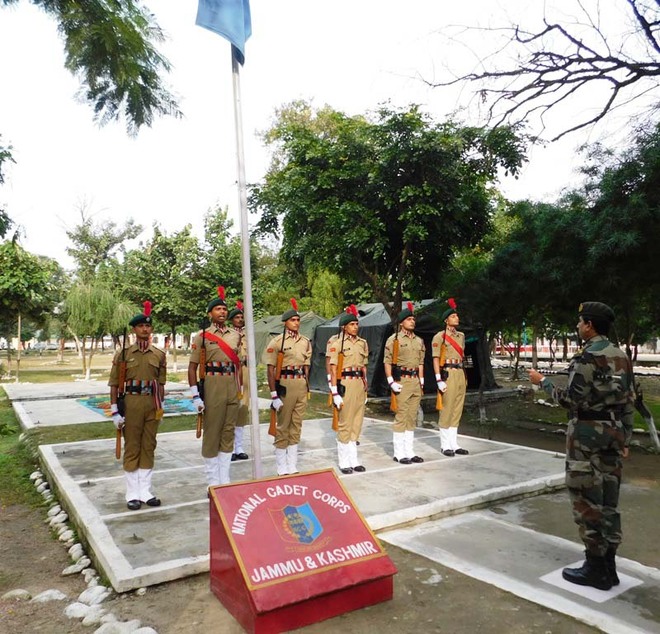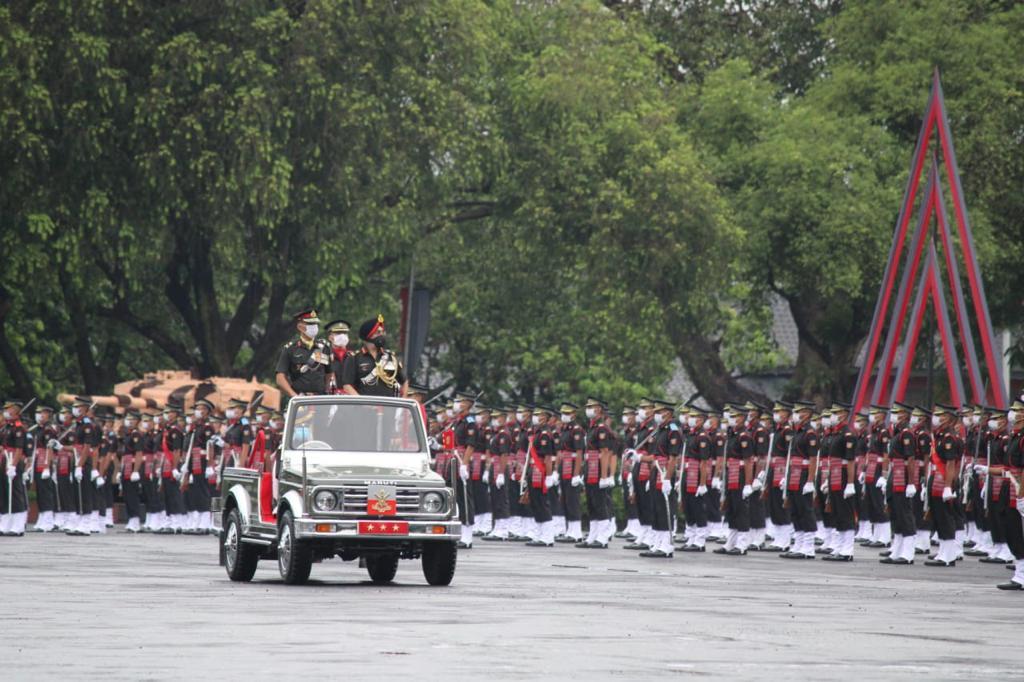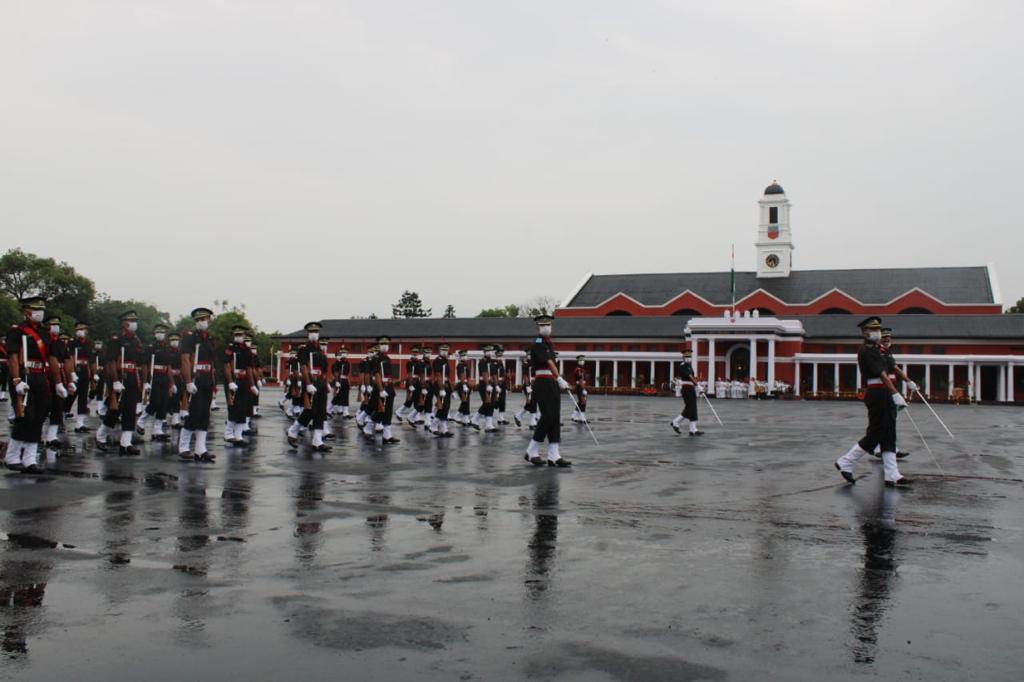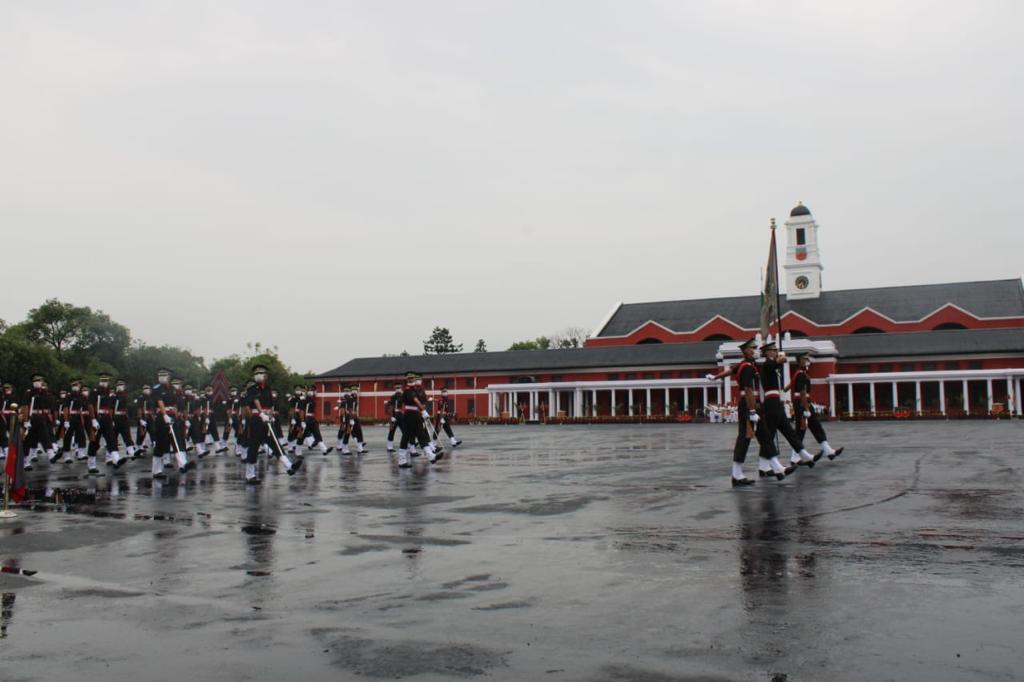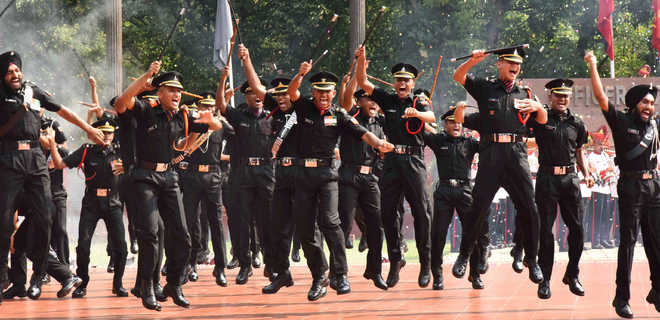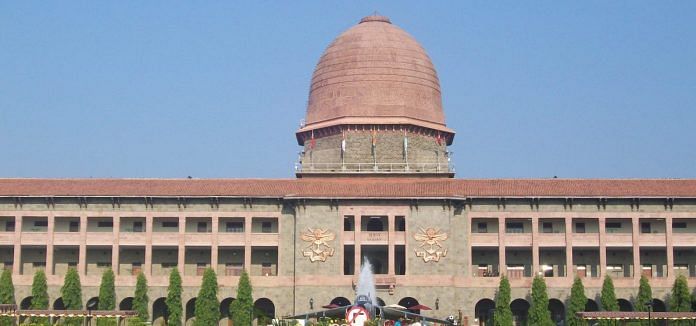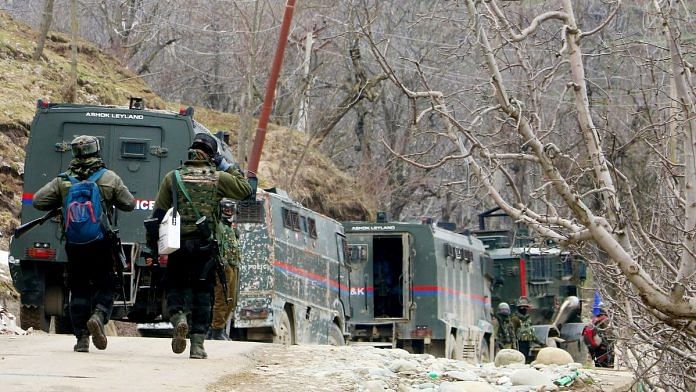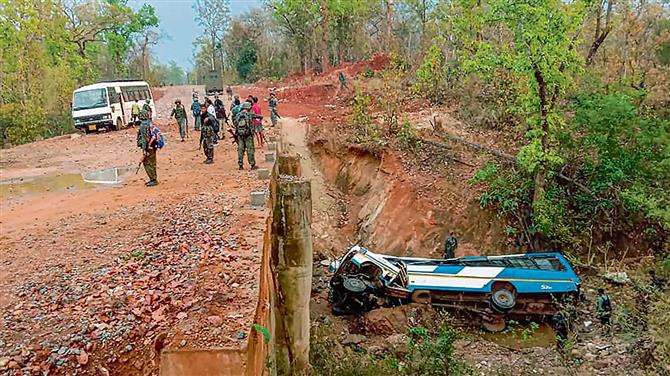
Red alert: Security forces have to stop violence, not resolve issues in Maoist-hit areas. PTI
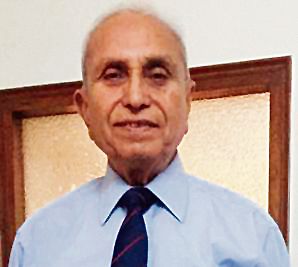
AN important news item this week about the proposed meeting of a tribal delegation with the CM and Governor of Chhattisgarh to lodge a protest against the establishment of a security camp near Silger in the state went almost unnoticed at the national level. Basically, the tribals have been put up as a front by the Maoists because they have been rattled by this new security camp; three of them were killed in firing from the camp when they attacked it on May 17. They don’t want such camps around to check their activities in the interior areas dominated by them.
The Maoists don’t believe in Indian democracy and their aim is to overthrow the Indian State by violent means. They have been trying to achieve this for decades after the CPI decided to join electoral politics in 1951. Starting with Naxalbari in 1967, there have been many groups, by splits and mergers, depending on their success or failure in different states, finally forming the CPI (Maoist) in 2004 by the merger of PWG (People’s War Group) and MCCI (Maoist Communist Centre of India); and it has been a force to reckon with since then. At one time, they had a Red Corridor from Pashupatinath to Tirupati, covering many states. With setbacks over the years, they are most active today in Bastar (Chhattisgarh) and Gadchiroli (Maharashtra), along with some activities in Bihar, Jharkhand, Madhya Pradesh, Odisha, Telangana and Andhra Pradesh. Their effective presence has come down from over 100 districts to about one-third now with depleted strength. So, some success has been achieved by the State, but no final victory so far.
Their basic area of operation has been the tribal belts of these states having dense forests and difficult terrain. They exploit the tribals living there by brainwashing them about the social and economic injustice meted out to them, lack of development, displacement from their land for government projects etc. Some of these grievances are genuine as the State has not been able to address these properly. The Maoists also don’t allow development to take place either as they will lose their base. Taking advantage of inter-state boundaries and moving swiftly to the adjoining state by crossing over when they are under pressure in one state has been their operational strength along with guerrilla warfare. For funding, they depend on extortion and aid. They are also helped by urban Naxals and many sympathisers inside and outside the country. The poor tribals are caught in the crossfire of the Maoists and the security forces.
The Indian State has not been able to tackle this challenge fully for decades in spite of years of planning, schemes, funds and deployment of forces. The progress is rather slow. Even now, the Maoists are able to kill a large number of security persons at regular intervals and take away their weapons and communication equipment. Definitely a relook at the strategy is needed. A four-point strategy is suggested for consideration.
The first is the requirement of a strong political will on a long-term basis. This was helpful in controlling situations in Punjab, Tripura and Andhra Pradesh. But the advantage there was that state-specific issues were at stake and here it is an inter-state problem. Unfortunately, the will has been missing due to the very nature of our federal structure and rule of different political parties at the Centre and the states over the decades, each having its own political agenda even in relation to this problem including some having sympathy for them, others at times favouring talks which of course have been offered but could not take place because the Maoists don’t want to shun violence and weapons during the talks. So, it is very important that on the issue of controlling Maoist violence, there should be unanimity among the political parties. The Centre should take the lead in this regard.
Secondly, the state police forces must lead the operations as only locals can tackle such a problem and the present dual system of paramilitary forces working alongside cannot work effectively. The state police should be bolstered by increasing its strength and providing full support to police stations. To increase its strength immediately, all the battalions of paramilitary forces working there should be sent on deputation/absorption to the affected states. An example is the BSF which was raised in 1965 after the war with Pakistan by merging state armed police battalions of border states, pending its recruitment to raise the force further. Out of battalions, a few should be earmarked as ‘peace battalions’ by the states for providing security to the development projects in the areas. Further, the Army’s help should be taken in training these battalions in counter-insurgency operations. And psychological operations using social media as a big component must be an integral part of these operations. For inter-state coordination, the Centre should station a commander/coordinator in the region. All the state governments in the country should help in dealing legally with urban Naxals who support violence.
Thirdly, the basic issues of socio-economic rights, livelihood of the tribals and development projects in these areas should be speeded up. The job of the security forces is only to contain violence and not resolve issues.
Fourthly, this battle must be fought on the ideological front. Communism has a big appeal for the poor tribals, especially when it matches with the ground reality of there being haves and have-nots. There are many organisations in the country that can contribute in this regard.
With all these steps, besides the good work being done, there can be hope of tackling early this internal security challenge which may otherwise linger on for decades.






















































